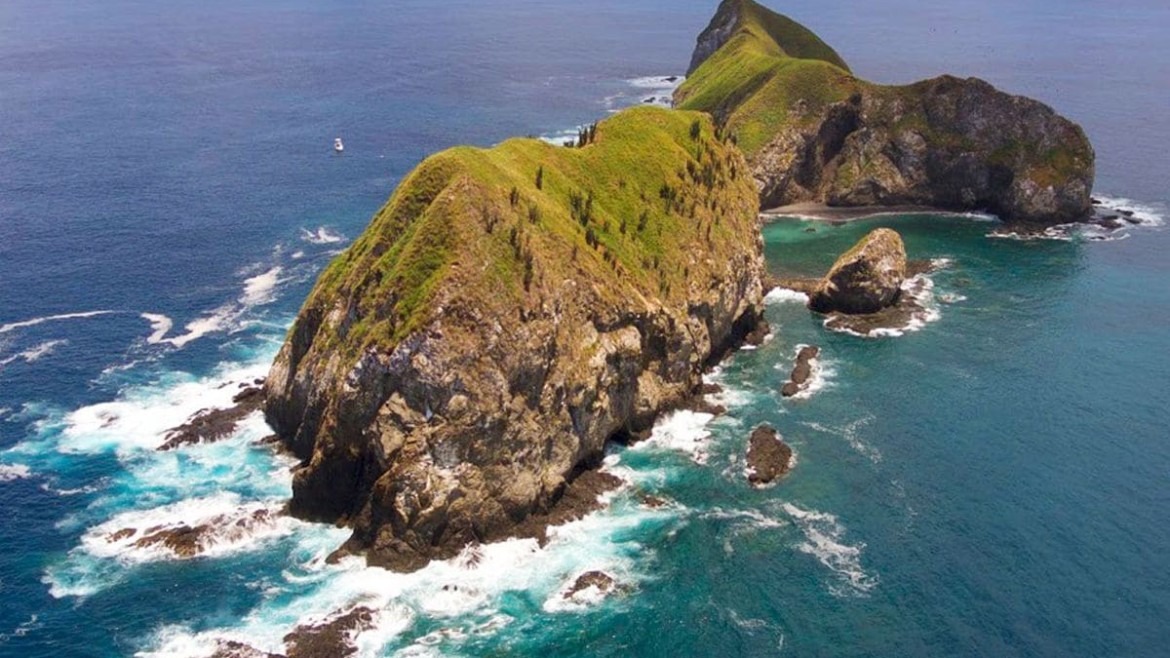Are you looking for an underwater adventure that transcends the ordinary? That’s exactly what you’ll find while diving in the Catalina Islands, Costa Rica. With diverse marine life and the possibility to see a mind-boggling amount of marine life, this is a perfect place for divers of all experience levels to dive.
Before you dive here, you need a guide to show you where to look and what to expect. But it’s easy to feel lost in a sea of information. That’s when we step in.
Our guide is your personal roadmap to the ultimate diving experience in these islands. As local travelers and expert divers, we’ll tell you everything there’s to know about this dive spot and why you should include it in your itinerary.
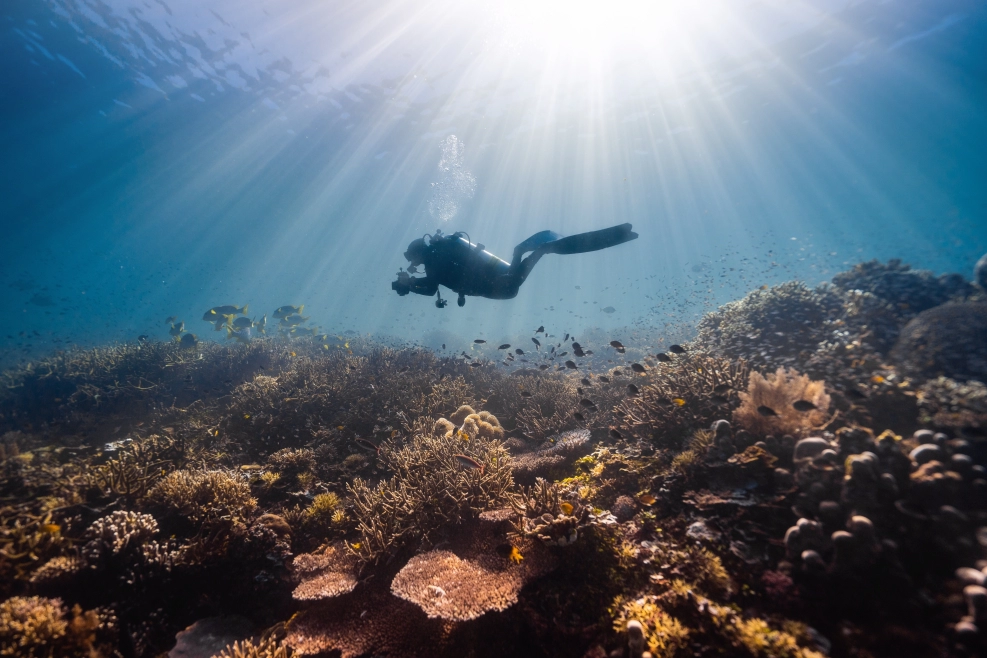
Do the Catalina Islands Have Good Scuba Diving?
Yes! The Catalina Islands are one of the best diving destinations within Costa Rica because they offer a wealth of marine life and local dive sites with healthy marine environments.
Diving conditions are similar to those in other areas along Costa Rica’s Pacific Coast, but surge can be present and unpredictable, changing frequently and sometimes rapidly.
The water tends to be cooler during the dry season, which runs from December to early May. Most divers find a 3mm suit sufficient if they have a vest or beanie. In January, February, and March, we would suggest a 5mm suit for added warmth.
On the other hand, during the rainy season, May through November, the water warms up, and many divers find they can comfortably dive with just a 3mm suit or even without one. In June-September, divers prefer to wear a skin, 1 mm suit or just dive in their bathing suit as the water can be in the mid-80s at depth!
Underwater visibility around the Catalina Islands can vary significantly. On good days, you enjoy visibility of up to 80 feet; on less favorable days, it could be as low as 15 or 20 feet.
Lastly, thermoclines, layers of water with different temperatures, are common and can affect both visibility and water temperature. The good news is that these areas often attract a wealth of marine life due to their nutrient-rich waters.
Why Dive in the Catalina Islands, Costa Rica
These are some of the aspects that make Catalina Islands worthwhile:
Outstanding sea life
Costa Rica’s Catalinas Islands comprises around 20 small islands. This archipelago fosters encounters with a variety of marine life, including seasonal migrations of schooling Pacific Giant Manta Rays from November through April. The optimal months to see these gentle giants are January, February, and March.
And, this may sound unbelievable, but many divers have witnessed incredibly large herds of up to 10,000 cow nose rays that take up to 10 minutes to pass by the Classic Wall.
What’s more, schools of mobula (devil) rays are also seen in groupings of 25 to 500! These sightings are awesome and incredible, but if you don’t have a camera to exhibit proof of what you have seen, you may have trouble getting people to believe you.
The dive sites at the Catalina Islands offer excellent opportunities to spot other marine life, such as spotted eagle rays, Southern stingrays, turtles, eels, octopus, moorish idols and tropical fish.
Returning to the dive boat can be mesmerizing, with large schools of jacks encircling the divers, so be sure to keep an eye on your depth gauge.
Once back on the boat, divers often see leaping mobula (devil rays) and manta rays during their surface interval.
From late January through February and late July through August, you may also encounter white-tip sharks, whale sharks, tiger sharks, and humpback whales.
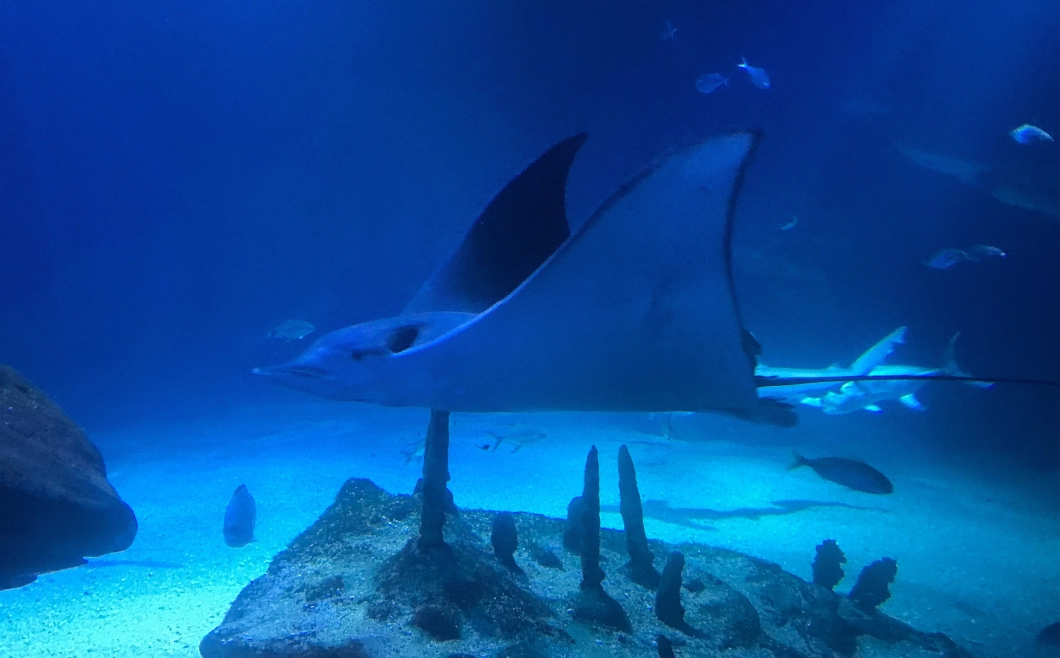
Located offshore
Catalina Island is similar to the Bat Islands as it sits further out into the open ocean than the dive sites in the Gulf of Papagayo.
The Catalina island chain off the Nicoya Peninsula’s northwest Pacific coast is approximately two miles from Playa Flamingo and around 15 miles from Playa del Coco and the Gulf of Papagayo.
The boat ride from Playa del Coco takes around 45 minutes. But the bonus of the open ocean ride is that you might get to see playful spinner dolphins riding the wake, observe mating turtles on the surface, or spot humpback whales, orcas, or whale sharks.
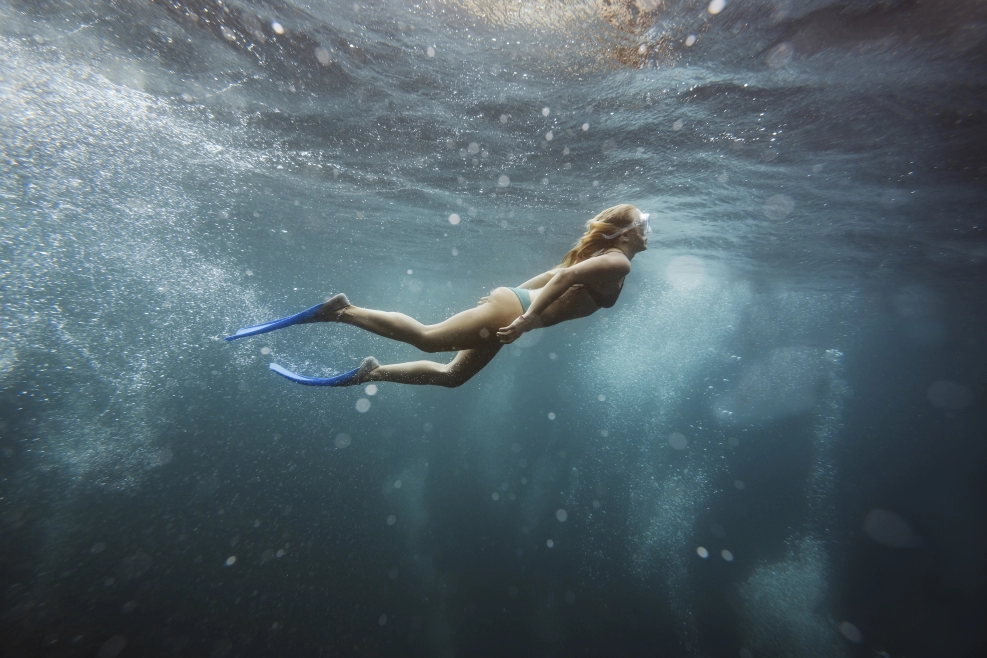
Diverse diving spots
Situated off the Pacific coast in the province of Guanacaste, these islands have several exceptional dive sites, such as Catalina Grande, La Pared or the Wall, and Roca Sucia or Dirty Rock. Additionally, The Point and The Cleaning Station are two other dive sites frequently visited by mantas.
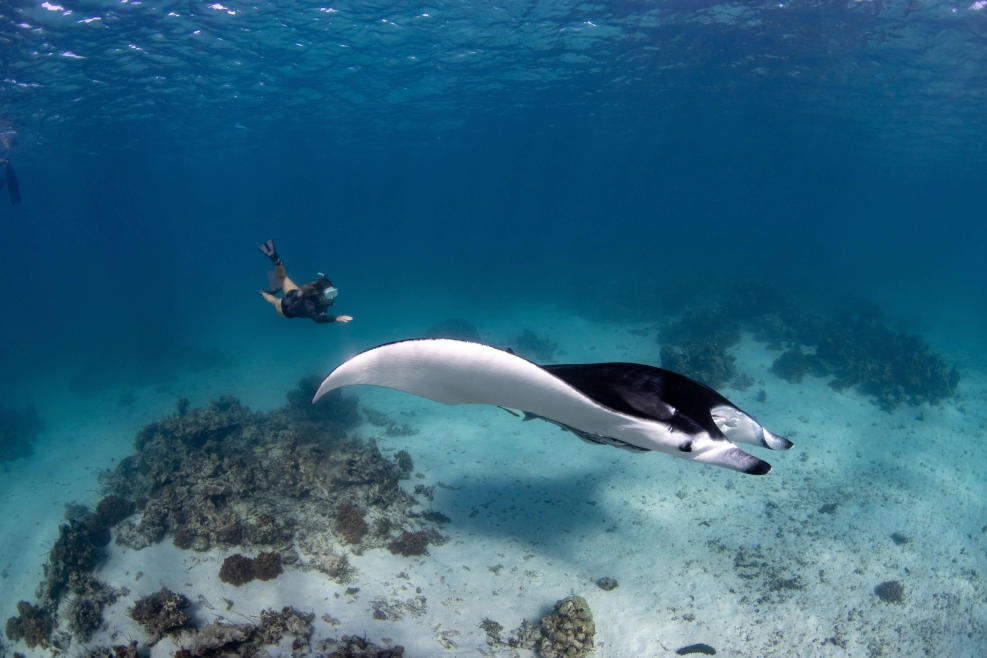
What’s the Best Time to Dive in the Catalina Islands?
The best time to dive the Catalina Islands is typically from September to March. During these months, you can expect clear skies, but the water will be cooler and there can be swells.
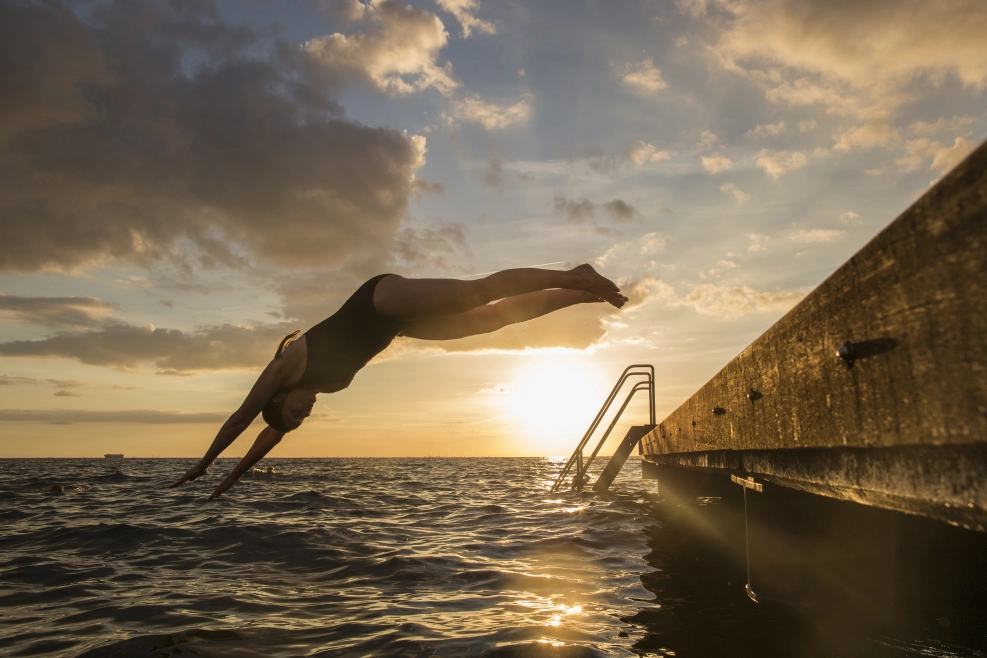
Things You Need for the Best Diving Adventure in Catalina Islands
Here are some things you need to consider before embarking on your diving adventure:
Choosing the right diving shop
A good dive shop prioritizes safety with experienced instructors and well-maintained equipment while offering expert guidance on dive sites and marine life encounters.
You should opt for a shop that practices environmental awareness and actively participates in conservation efforts in the local area.
Staying nearby
Playa Flamingo and Tamarindo are the closest beach towns to the Catalina Islands. However, depending on the time of year you visit and what other diving or land activities you want, the best places to stay when diving these beautiful islands might be the Playa del Coco area, which includes Playa Hermosa, Playa Ocotal, and Playa Panama.
If you’re staying on one of these beaches, consider our 2-Tank Dive | One-Day Diving package for convenient transportation to and from your diving trips.
Organizing your transportation
The Catalina Islands are located offshore and can only be reached by boat. Arranging transportation ensures that you have a reliable means of getting to and from the dive sites.
Bringing your scuba diving gear
Bringing your scuba diving equipment offers many benefits, including familiarity with your equipment and ensuring a comfortable and personalized diving experience.
Booking with Bill Beard’s ensures you receive high-quality rental equipment if you prefer not to bring your personal gear to Costa Rica.
Certification card
Always carry your scuba diving certification card as proof of training. Dive operators may need it before participating in dives. Additionally, they may need you to fill out a medical questionnaire or waiver.
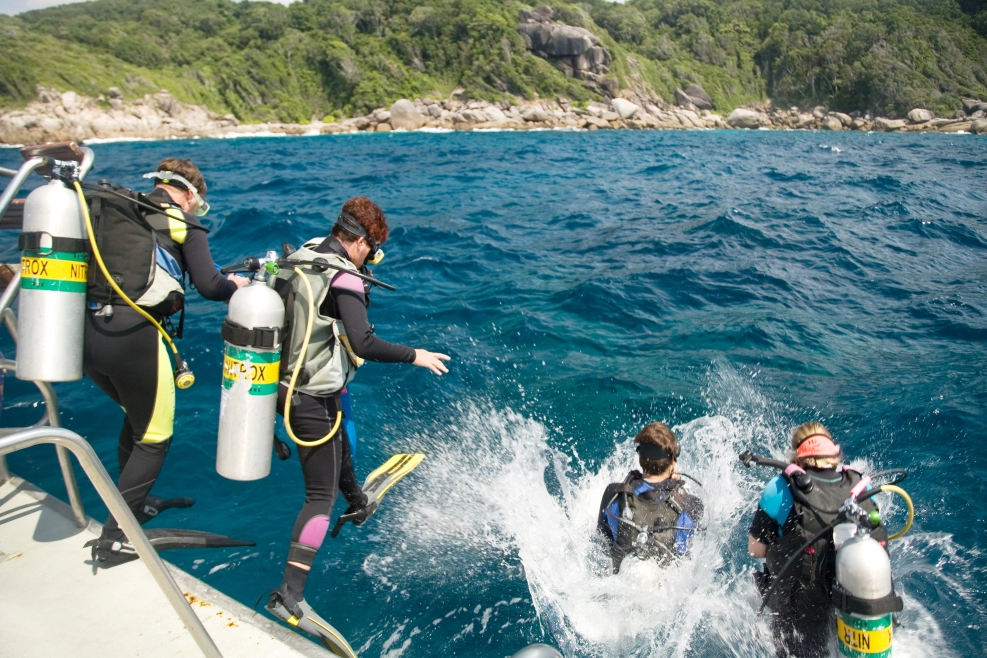
Book Your Diving Trip to Catalina Islands with Bill Beard’s Costa Rica!
The Catalina Islands offer an unparalleled diving experience that every diver should add to their bucket list.
To start your diving journey in this tropical paradise, reach out to us. We’ll guide you through the best dive sites, optimal diving conditions, and amazing marine life beneath the waves.
Contact our team at Bill Beard’s Costa Rica now to book your Catalina Islands tour. Plan your diving adventure today!
FAQ
1. What experience level is required to dive into the Catalinas Islands?
The experience level required to dive into the Catalina Islands is Open Water Diver certification. However, newer divers need to be aware that conditions can change rapidly, and some dive sites may be more challenging due to surges and currents.
2. How deep is the dive at Catalina Islands?How deep is the water around Catalina Islands?
The depth of the water around the Catalina Islands varies from 15 to 30 meters (50 to 100 feet) in many dive sites, but some locations may have deeper sections reaching beyond 40 meters (130 feet).
3. Does Catalina Island have reefs?
No, there are no coral reefs in the Catalina Islands. There are some soft corals at a couple of the dive sites. But, the Catalina Islands is home to a diverse array of rays, schooling fish, sharks, and other marine life.
Check out all our Costa Rica Diving options:
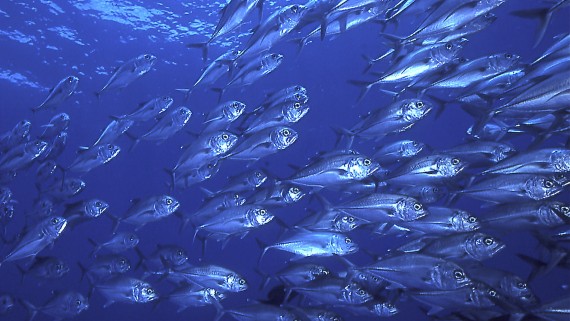 2 Tank Dive to Catalina IslandFrom: $150
2 Tank Dive to Catalina IslandFrom: $150
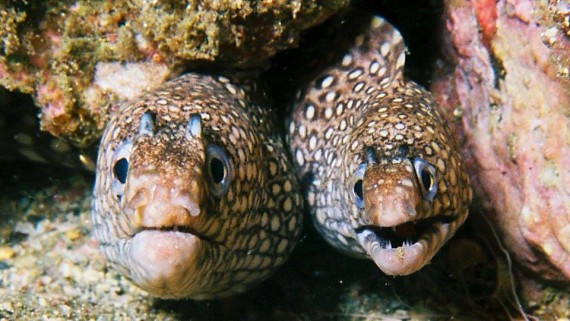 2 Tank Dive – Papagayo AreaFrom: $95
2 Tank Dive – Papagayo AreaFrom: $95
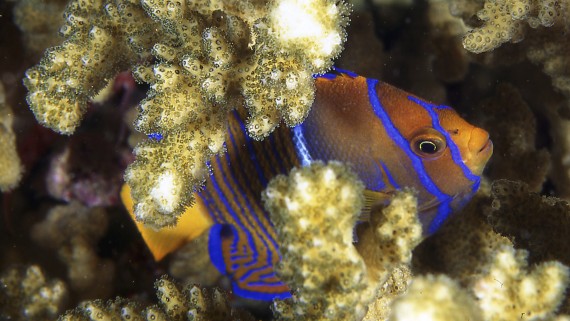 2 Tank Dive – Dreams Las MareasFrom: $190
2 Tank Dive – Dreams Las MareasFrom: $190
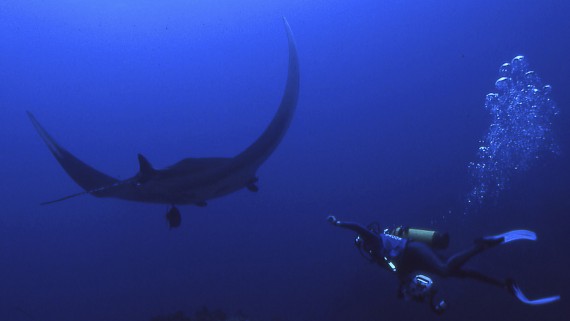 2 Tank Dive – Flamingo, ConchalFrom: $95
2 Tank Dive – Flamingo, ConchalFrom: $95
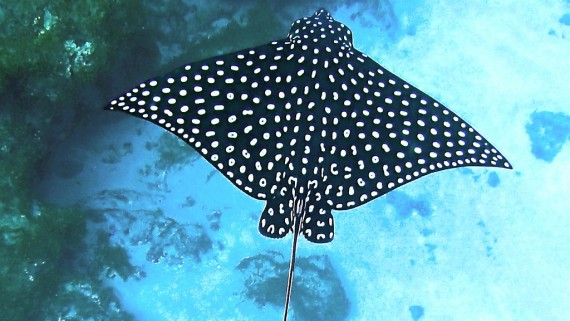 2 Tank Dive – TamarindoFrom: $130
2 Tank Dive – TamarindoFrom: $130
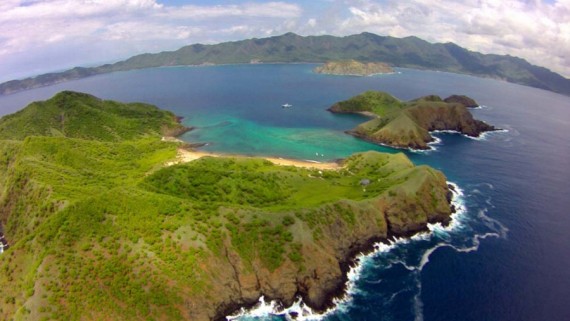 2 Tank Dive to Bat IslandsFrom: $165
2 Tank Dive to Bat IslandsFrom: $165
Book your dive vacation now!

